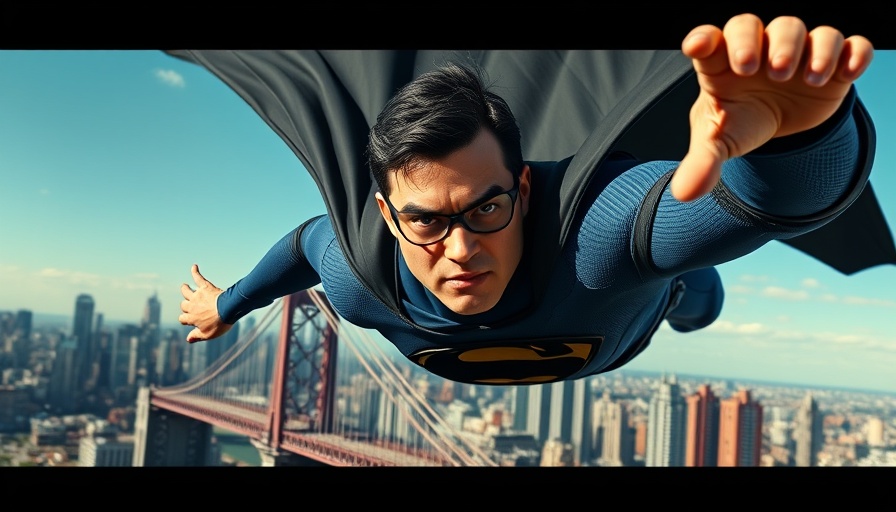
The Pulse of Creativity in Comic Book History
The comic book industry, much like the vibrant city of New York, pulsates with energy and diversity. Emerging in the 1930s and 40s, this unique art form flourished against the backdrop of New York’s colorful streets, capturing the imagination of young readers and influencing generations. From the bustling neighborhoods of the Lower East Side to the highrises of Manhattan, comic book characters evolved through the creativity of talented local artists and writers, many of whom hailed from Jewish immigrant backgrounds.
New York's Indelible Mark on Superheroes
New York City is not just the setting for many famous superheroes; it is a character in its own right. Characters like Spider-Man and the Avengers are inextricably linked to the city, with iconic landmarks serving as backdrops for countless adventures. As the birthplace of these legendary figures, the city stands as a testament to the influence of cultural diversity and urban experiences in shaping American popular culture.
The Impact of Societal Challenges on Comic Creation
Despite its remarkable growth, the industry faced significant challenges, particularly during the 1950s. The infamous crusade led by Dr. Frederic Wertham, who condemned comics as harmful to children, threatened to eliminate many comic publications. This period of censorship placed immense pressure on creators, highlighting how societal fears can stifle artistic expression. Yet, the resilience of the industry prevailed, navigating through these turbulent waters to ultimately thrive.
Connecting the Past with Today's Multimedia Landscape
Fast forward to the present, the legacy of comic books continues to resonate; superheroes have transitioned from paper to the silver screen, drawing in millions worldwide. This resurgence in popularity not only celebrates the creative roots anchored in New York City but also opens the door to new opportunities for storytellers across various mediums. Comic conventions and multimedia adaptations have become cultural phenomena, showcasing the timeless appeal of these characters and the innovative spirit of their creators.
For professionals like lawyers, accountants, and medical experts, understanding the cultural significance of comic books can offer fresh perspectives on creativity and media consumption. Engaging with this history not only enriches one’s appreciation for the art form but can also provide insights into the role of storytelling in their respective fields. As we advocate for balance in our work and lives, let the vibrant histories of characters like Batman and Doctor Strange remind us of the power of imagination and the depth of cultural storytelling.
 Add Row
Add Row  Add Element
Add Element 



Write A Comment